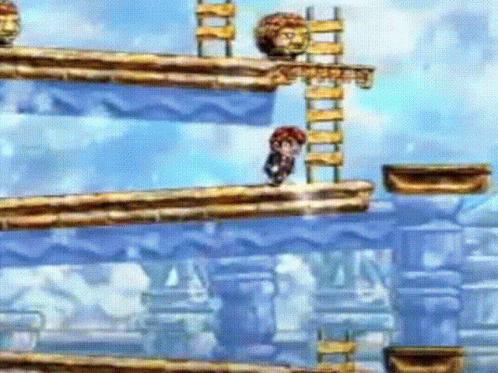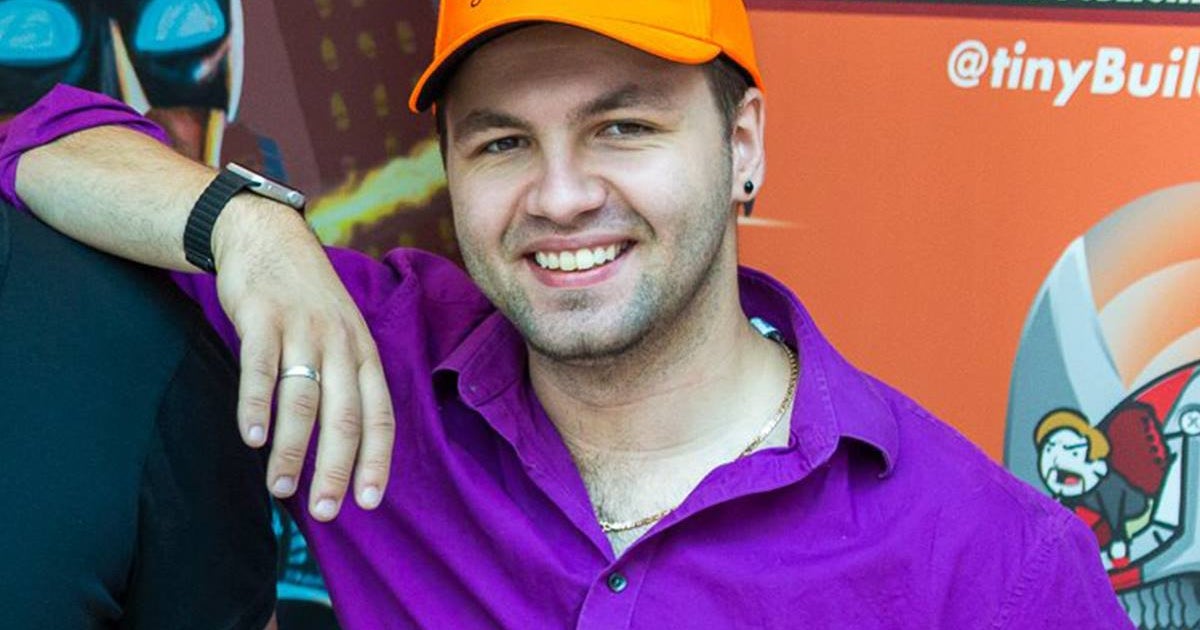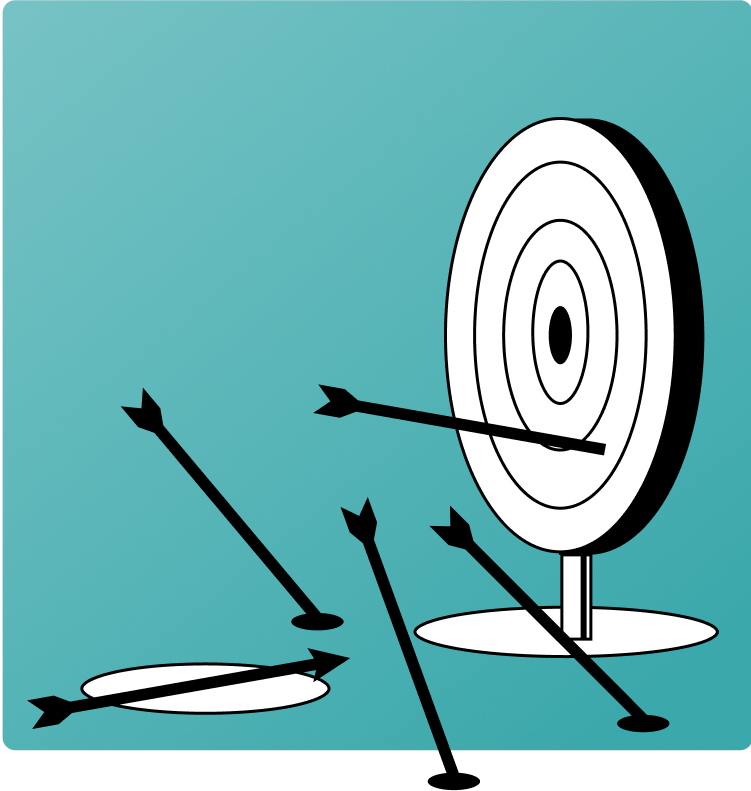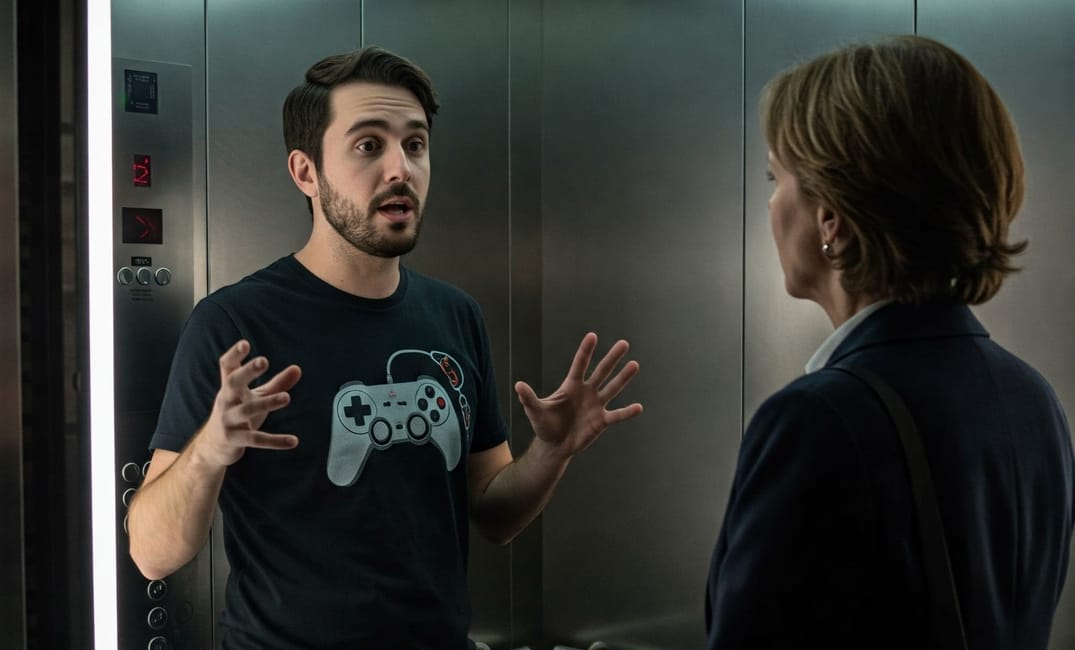Hey friend! 👋 Let's talk about something that makes many indie developers uncomfortable: pitching your game. Whether you're talking to publishers, fellow developers, or your potential biggest fan, having a strong elevator pitch is crucial for getting your game the attention it deserves.

Why You Need an Elevator Pitch
Picture this, in an effort to get out of your comfort zone, you decide to head to your local indie dev meet up. You are nervous to spark a conversation as most people are already standing in small groups chatting away. Then out of no where, you hear a voice beside you "Hey, it's nice to meet you."
You spark up some small talk about the weather, and then the question comes "So tell me about your game."
This is your time to shine, your time to have this strangers world BLOWN by your incredible game. The game you have been working hard on for months, or even years. Out of your mouth comes "Ummmmm, well, the game is kind of like Factorio but worse, hahahaha." *nervous laugh*
This is NO BUENO my friend, in today's crowded indie game market, you often have just seconds to capture someone's interest. A well-crafted elevator pitch helps you:
- Communicate your game's core concept clearly
- Highlight what makes your game unique
- Create memorable first impressions
- Open doors for funding and partnership opportunities
Core Components of an Effective Pitch
1. The Hook
Start with something that immediately captures attention. Instead of "My game is a puzzle platformer," try "What if you could control time itself to solve puzzles?"

2. The Core Gameplay
Describe the main activity or mechanic that drives your game. Keep it focused and clear. For example: "Players manipulate gravity to navigate through increasingly complex environments."
3. The Unique Selling Point
What sets your game apart from others in the genre? This could be:
- An innovative mechanic
- Think Baba Is You, Papers Please, and Untitled Goose Game.
- A distinctive art style
- Think: MOUSE: P.I. For Hire, UFO 50, and Ultros
- A unique narrative approach
- Think: Disco Elysium, Oxenfree, and Her Story
- A fresh twist on a familiar genre
- Think: Slay the Spire (Deckbuilding Roguelike), Into the Breach (Turn-Based Strategy, Unpacking (Puzzle/Simulation), Dead Cells (Metroidvania/Roguelike)
Successful Examples Analyzed
Let's examine some effective pitches:
"Party Hard": "Have you ever had loud neighbours? Did you ever want to stab them? That's the game."
Steam Description: "It's 3:00 a.m. Your neighbours are having a loud party. Stop them. Party Hard is tinyBuild's award-winning stealth strategy game about ruining parties by any means."
Why it works:
- Relatable scenario
- Clear premise
- Memorable hook
- Easy to understand gameplay concept
"SpeedRunners": "Mario Kart as a 2D platformer."
Steam Description: "Cut-throat multiplayer running game that pits 4 players against each other, locally and/or online. Run, jump, swing around, and use devious weapons and pick-ups to knock opponents off-screen! One of the most competitive games you'll ever play."
Why it works:
- Clear genre reference
- Instantly understandable concept
- Unique genre combination
- Easy to visualize
Common Pitching Mistakes to Avoid
Information Overload
- Stick to core features
- Save technical details for appropriate audiences
- Focus on what makes your game special
Vague Descriptions
- Be specific about what players do
- Avoid generic terms like "unique" without context
- Give concrete examples
Overcomplicating
- Limit genre comparisons
- Keep technical jargon minimal
- Focus on what makes your game memorable
Creating Your Pitch: Action Steps
- Define Your Basics
- Core gameplay loop
- Target audience
- Unique features
- Development status
- Write Multiple Versions
- 15-second version (elevator pitch)
- 1-minute version (casual conversations/steam page description)
- 5-minute version (formal meetings)
- Practice and Refine
- Test with non-gaming audiences
- Get feedback from other developers
- Record and review yourself
- Iterate based on responses
- REPEAT, REPEAT, REPEAT! Practice makes perfect. 🙂
Next Steps
I am currently working on a Level 2 guide, "Tailoring Your Pitch to Different Audiences," explains how to adapt your pitch for different audiences. If you feel this would be helpful, subscribe to the F.C.I. Newsletter to receive the update directly in your inbox.
Conclusion
Remember, your pitch will evolve as your game develops. Practice makes perfect, and that is no different here. At the end of the day, your goal is to communicate your game's value clearly and confidently.
Want more insights on the business side of indie game development? Subscribe to our newsletter for weekly tips and strategies.
Helpful Resources:





Keep creating, and remember, YOU are a freaking cool indie!
Mike







